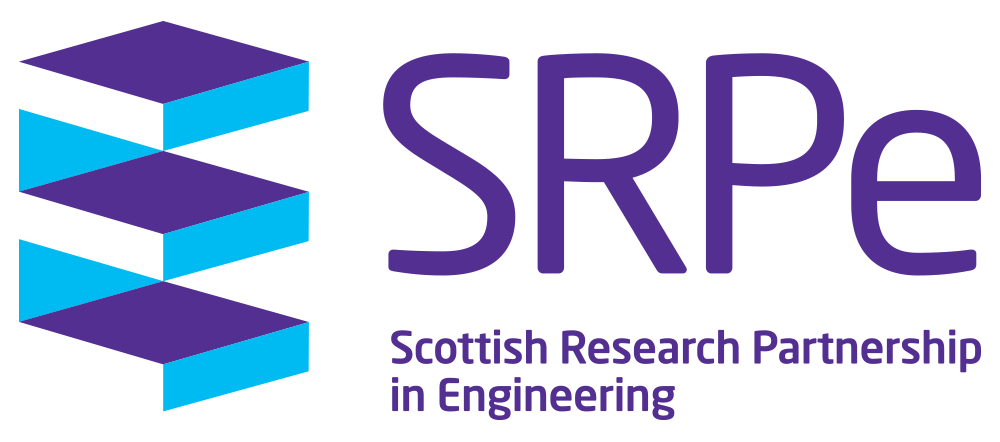Computational 3D Low-photon Imaging: Advanced Signal Processing and Computer Graphics Tools for Efficient Information Extraction
PECRE Award Holder: Julian Tachella, Heriot-Watt University
Exchange Host: Boston University, USA
Within Heriot-Watt University, the image processing and optics research groups are working together to push the frontiers of single-photon imaging. In particular, single-photon technology offers important advantages in the field of light detection and ranging (LIDAR) three-dimensional (3D) imaging: the high sensitivity of single-photon detectors allows for the use of laser sources of low power, a key element regarding eye safety regulations and resource management in embedded systems. Moreover, the high precision of time-of-flight detectors offers an accuracy in the order of centimetres at very long range (hundreds of meters). These devices are used in a wide range of real-world applications, such as autonomous vehicles, forest canopy monitoring and biological imaging. However, the main drawbacks of this modality are the high acquisition time usually needed to obtain sufficient information to perform the 3D reconstruction and the processing time of advanced computational methods to extract information from the recorded data. With the support of the Scottish Research Partnership in Engineering, we address these limitations by bringing together leading multidisciplinary research groups from United Kingdom, France and the USA. In collaboration with the computer graphics research team in the IRIT Laboratory in Toulouse, our ambition is to combine 3D modelling and parallel processing techniques from the computer graphics community with the large body of research on inverse problems in the imaging processing literature, yielding new real-time reconstruction algorithms that outperform those based solely on computer graphics or image processing techniques. By working jointly with the low-photon imaging group in Boston University, we will be able to co-design new sensing devices and reconstruction algorithms to further improve the quality and speed of 3D imagers. This joint work can be seen as a stepping stone for future collaborations in the field of 3D reconstruction technology between three leading institutions from the UK, France and the USA.
